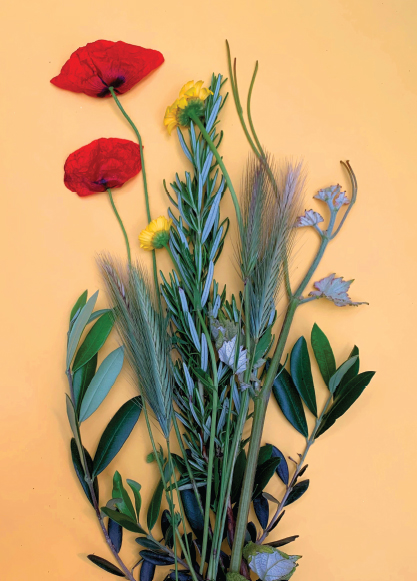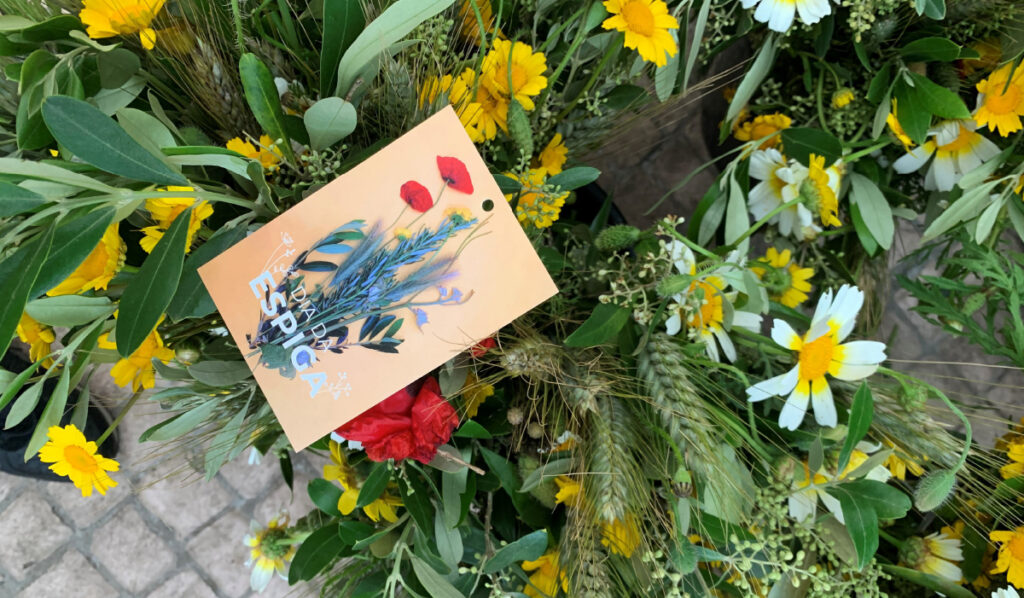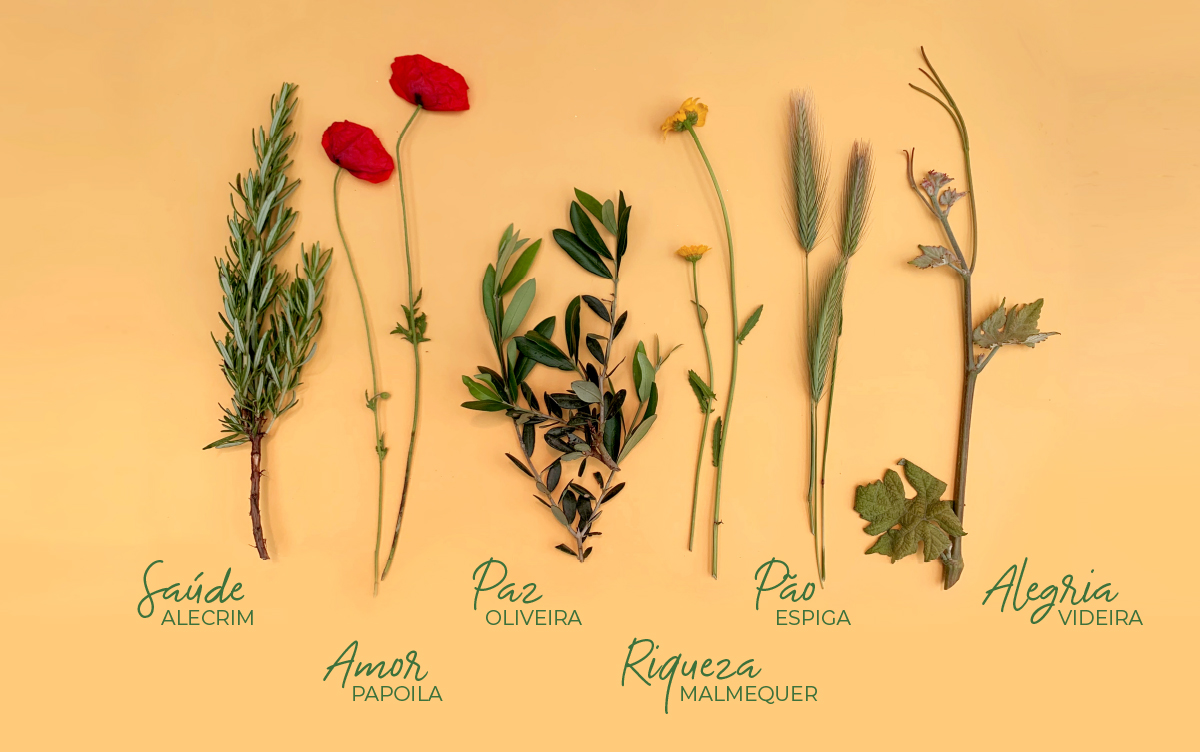This year, Espiga Day is celebrated on the 29th of May, a Portuguese tradition also known as Ascension Thursday. This day celebrates the consecration of spring and, according to Catholic tradition, the ascent of Jesus Christ into heaven, 40 days after his resurrection (Easter).
According to tradition, the Espiga Day was considered “the holiest day of the year”, a day when no work was to be done and people set off on an early morning walk through the fields to pick ears of wheat. It was also called “the day of the hou”’, since at midday everything stopped, “the water in the streams doesn’t flow, the milk doesn’t curdle, the bread doesn’t rise and the leaves don’t cross”.
Tradition
Tradition dictates that on Ascension Thursday, the day begins with a morning walk through the meadows, usually done in groups or with the family. The purpose of this walk is to gather ears of wheat and then make a bouquet that also includes wildflowers.


The flowers and plants that make up the bouquet are not always the same: they vary from region to region, according to the biodiversity that each land offers. However, there are elements that almost always appear, each with a certain symbolism:
- The ears of wheat represent bread, as the basis of the family’s sustenance, and fertility.
- The poppy symbolises love and life.
- The daisy symbolises wealth and prosperity.
- The olive tree stands for peace and divine light.
- The rosemary represents health, strength and resilience.
- The vine symbolises wine and joy.
Ancient customs dictate that the branch should be placed behind the front door of the house and only replaced the following year with a new branch, as a symbol of luck and prosperity for the home.

Buy your Espiga Day bouquet HERE.

